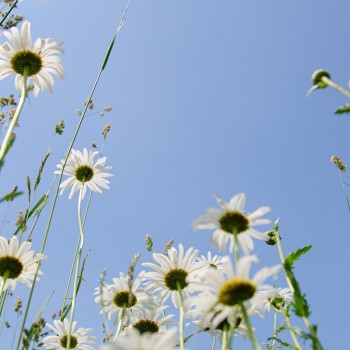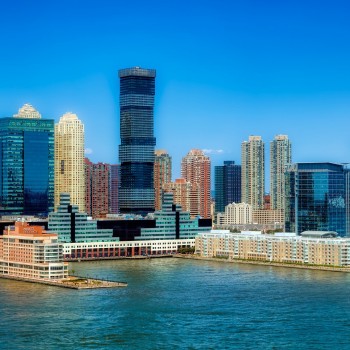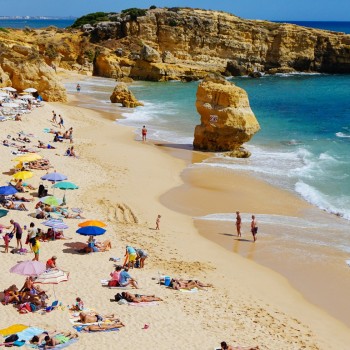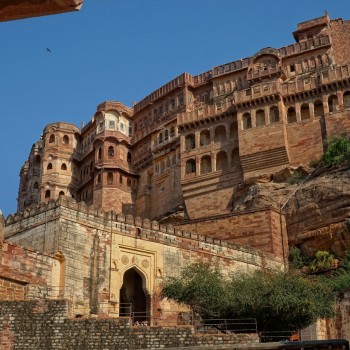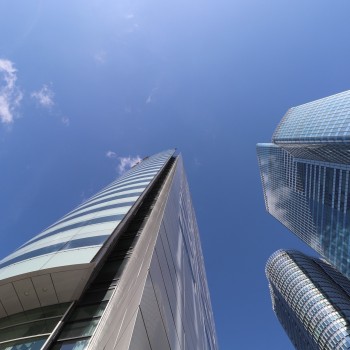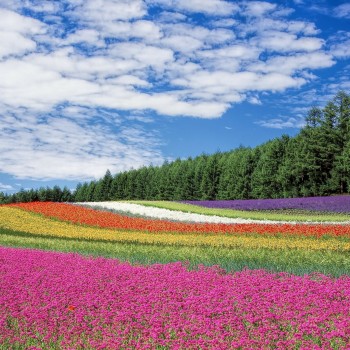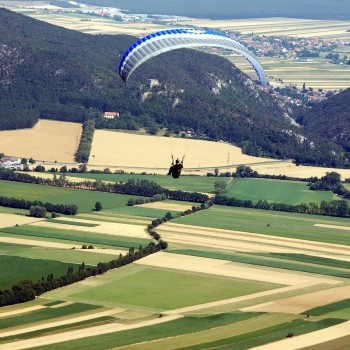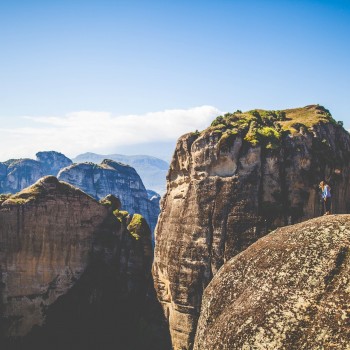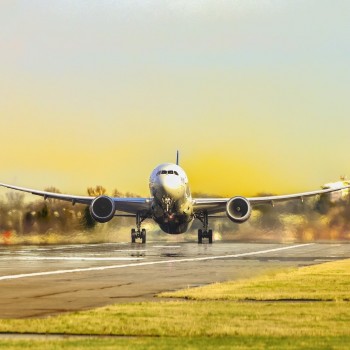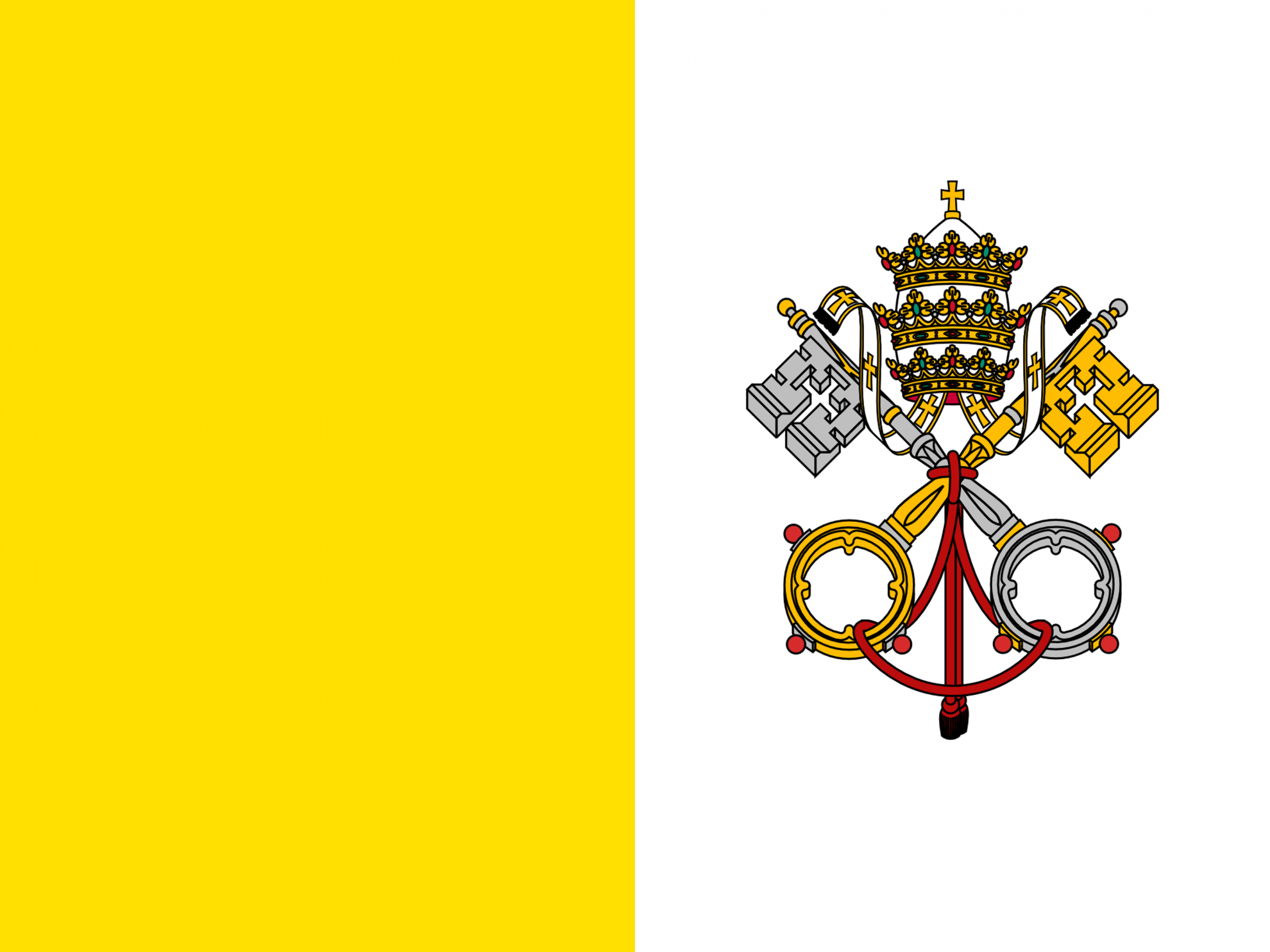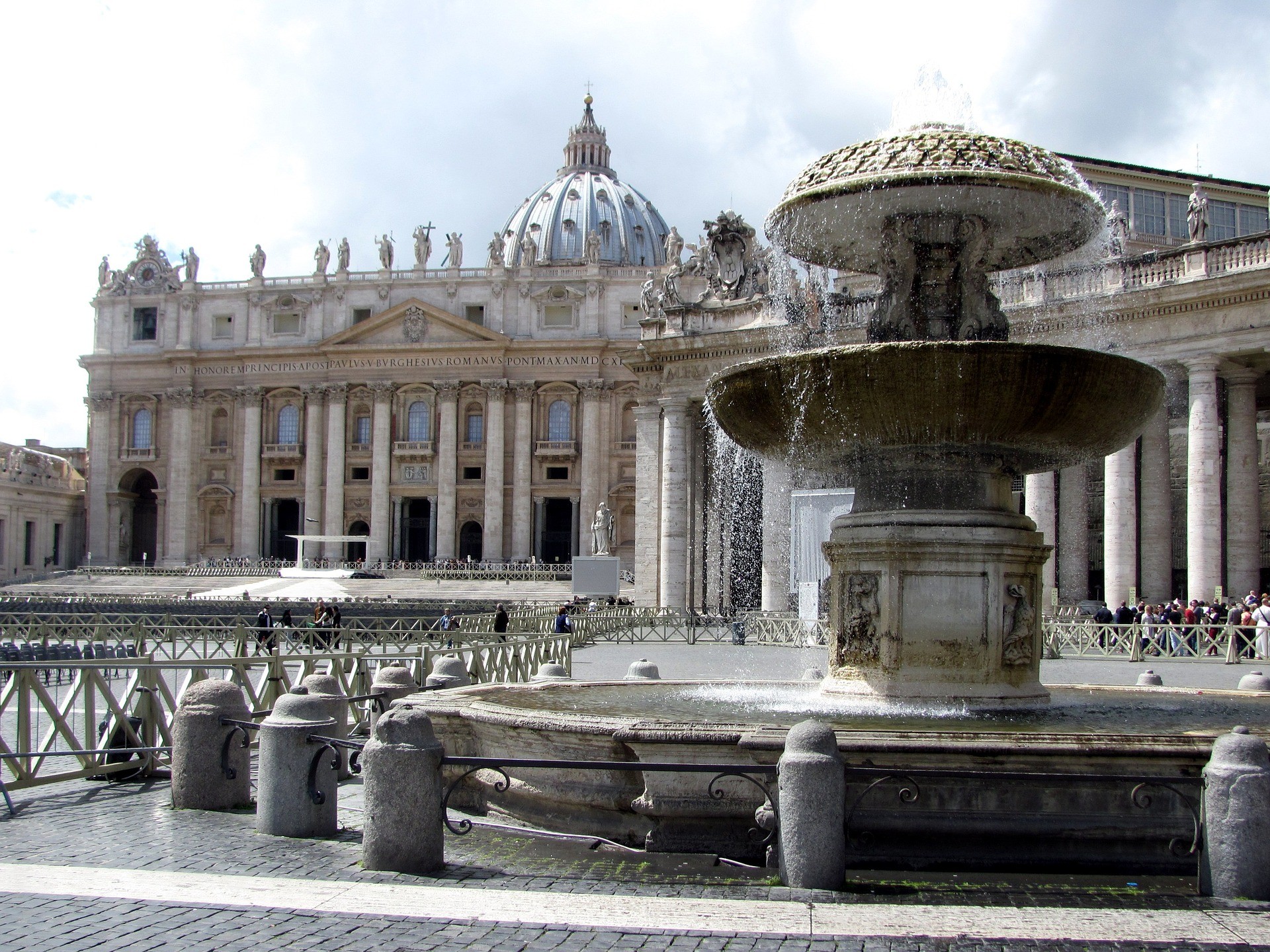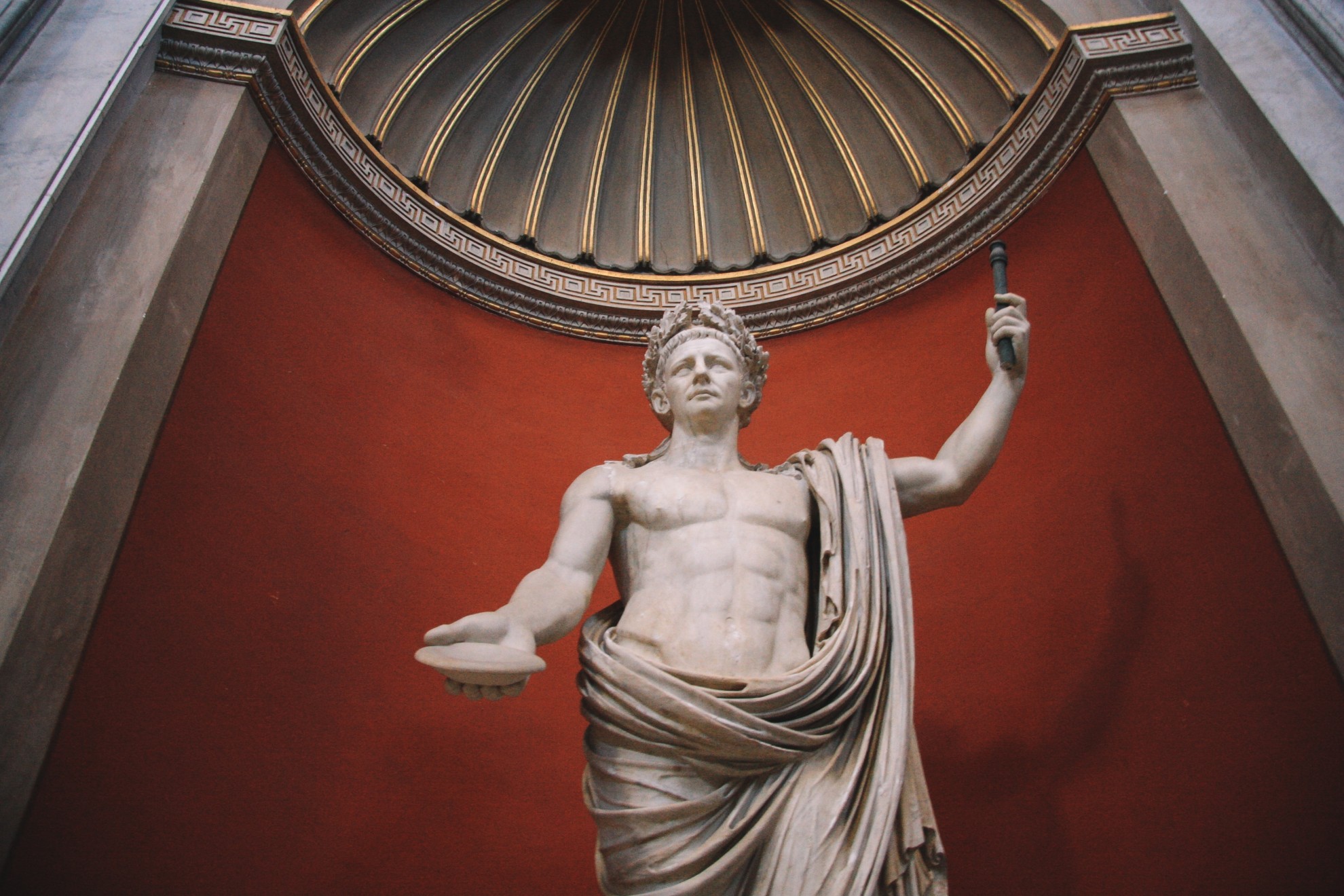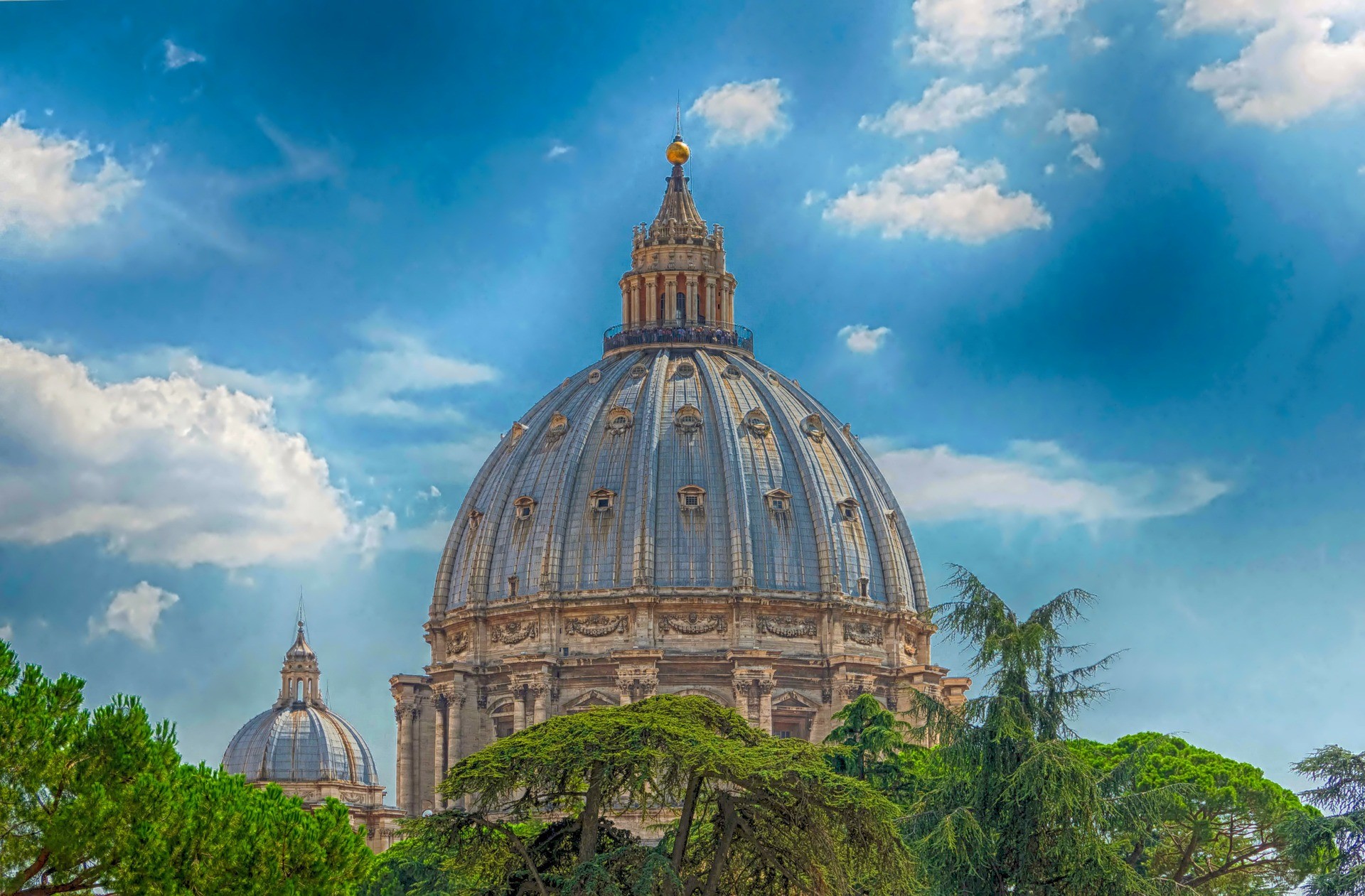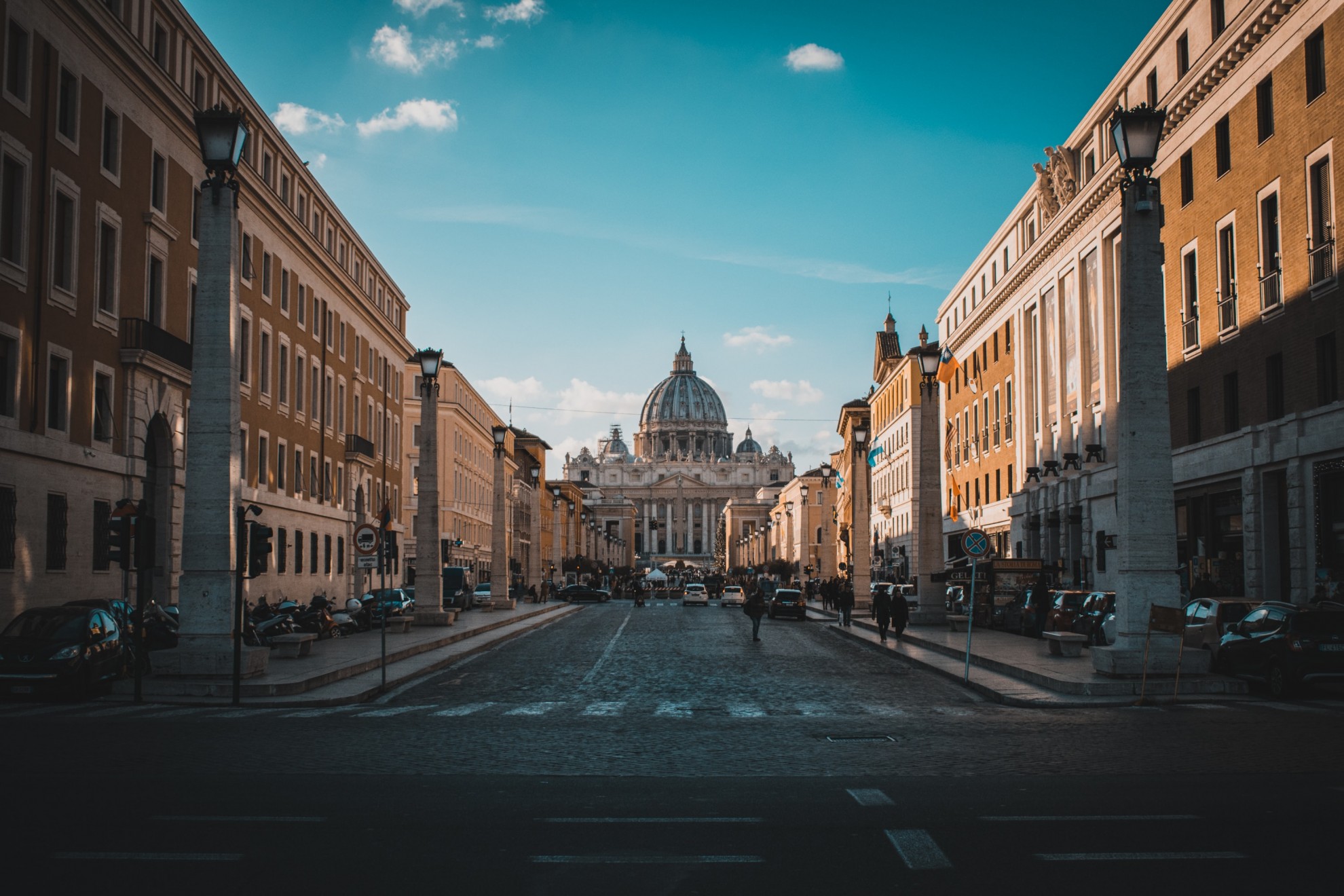Vatican
Vatican
Capital city description
The Capital City of Vatican City (officially named State of Vatican City) is the city of Vatican City. Within Vatican City are religious and cultural sites such as St. Peter's Basilica, the Sistine Chapel, and the Vatican Museums. They feature some of the world's most famous paintings and sculptures.
The unique economy of Vatican City is supported financially by donations from the faithful, by the sale of postage stamps and souvenirs, fees for admission to museums, and sales of publications. The city is the capital of the Catholic world and has a spiritual superpower, and is one of the most visited places in Rome.
Climate
Vatican City's climate is mainly moderate or Mediterranean. Mediterranean climate is the typical climate of the Mediterranean basin and is a particular variety of subtropical climates. The Mediterranean is hot, dry summers but cool, wet winters. In summer, the weather is scorching, 28-33°C, but sometimes even 40°C.
Because most regions with a Mediterranean climate are near large bodies of water, temperatures are generally moderate with a comparatively small range of temperatures between the winter low and summer high. But winters never reach too low or too high.
Spring: March to May
Summer: June to August
Autumn: September to November
Winter: December to February
Languages spoken
Italian and Latin are the two widely spoken official languages in Vatican City.
Fun/Fascinating Facts
- St. Peter’s Basilica is the world’s 2nd largest Christian Church after the Yamoussoukro Basilica in Cote d’Ivoire. It took 120 years to complete the Church, and Michelangelo designed the dome of the Church. It is 400 feet tall and 138 feet in diameter. The Church is built in 18000 square yards.
- Vatican City houses some of the world’s most famous paintings and sculptures in cultural sites such as St Peter’s Basilica, the Sistine Chapel, and Vatican Museums.
- The Vatican Museums comprise one of the largest art collections in the world, with over 9 miles of pieces, which could wrap four and half times around the Vatican walls. Its 1400 rooms, chapels, and galleries constitute the former wings of the Vatican Palace.
- The Vatican City is a UNESCO World Heritage Site, the only site encompassing a whole country.
- The Vatican City came into existence in 1929 after the Lateran Treaty was signed between Italy and the Holy See.
Unique Customs/Traditions
- One of the Vatican's most important traditions is electionPope after the death or resignation of his predecessor. Assembly of the Cardinals, who have to vote for one of the selected candidates, called a conclave. It is held in a locked room, which none of them can not leave before the final election of the pontiff. Gathered in the square before the Cathedral of St.Peter know that the elections were held, with smoke rising from the chimney of the Sistine Chapel. Source: http://aroundtravels.com/article-about-vatican/traditions-vatican-customs-photos.html
- According to tradition, the protection of the Pope of the Vatican carries the Infantry cohort of the Swiss Guard. In its structure - a hundred citizens of Switzerland, each of which has a height of not less than 174 cm Age bodyguards pontiff -. 19 to 30 years, they are Catholic and speak German. The history of the Papal Guard leaves back to the beginning of the XVI century, when Pope Julius II, who conducted numerous wars, decided that he needed the protection of personal best warriors. The choice fell on the Swiss soldiers and since red-blue-yellow jackets and berets with red plumage flashing in all the guidebooks for the Vatican. Source: http://aroundtravels.com/article-about-vatican/traditions-vatican-customs-photos.html
Popular universities
| Name | Description | |
|---|---|---|
| Pontificia Università Gregoriana | Pontificia Università Gregoriana (Pontifical Gregorian University) is a non-profit private higher education institution located in the urban setting of the metropolis of Roma. The Gregorian University has faculties in theology, canon law, philosophy, history and cultural heritage of the Church, missiology, and social sciences. In addition, it has institutes of spirituality and psychology. | |
| Pontificia Università della Santa Croce | Pontificia Università della Santa Croce (Pontifical University of the Holy Cross) is a non-profit private higher education institution located in the urban setting of the metropolis of Roma, established in 1984. The Pontificia Università della Santa Croce (Pontifical University of the Holy Cross) comprises the Faculties of Theology, Canon Law, Philosophy, and Institutional Social Communication. | |
| (Pontifical Urbaniana University) | Pontificia Università Urbaniana (Pontifical Urbaniana University) is a non-profit private higher education institution located in the Janiculum Hill in Rome, founded in 1627. The university's mission is to train priests, religious brothers, sisters, and laypeople for service as missionaries. The university has four faculties: the faculty of theology, the faculty of philosophy, the faculty of canon law, and the faculty of missiology. | |
| Università Pontificia Salesiana | Università Pontificia Salesiana (Salesian Pontifical University) is a non-profit private higher education institution located in the metropolis of Roma, established in 1940. It has a faculty in Educational Sciences, Social Communication Sciences, Philosophy, Christian and Classical Letters, Theology. It has three campuses, one in Rome, one in Turin, and one in Jerusalem. | |
| Pontificia Università Lateranense | Pontificia Università Lateranense (Pontifical Lateran University) is a non-profit private higher education institution located in the urban setting of the metropolis of Roma, established in 1773. Pontificia Università Lateranense (Pontifical Lateran University) has four faculties: Philosophy, Theology, Canon Law, Civil Law, two institutes: Pastoral and Utriusque Iuris, a cycle of inter-faculty studies: Peace Sciences and International Cooperation, and a Centre for Advanced Studies and post-graduate specialization (CLAS) | |
| Pontificia Università San Tommaso d'Aquino | Pontificia Università San Tommaso d'Aquino (Pontifical University of St. Thomas Aquinas) is a non-profit private higher education institution located in the urban setting of the metropolis of Roma, founded in 1577. It contains Faculties of Theology, Philosophy, Canon Law, and Social Sciences. Pontificia Università San Tommaso d'Aquino (Pontifical University of St. Thomas Aquinas), also known as the Angelicum, in honor of its patron, the Doctor Angelicus Thomas Aquinas. | |
Festivals & Events
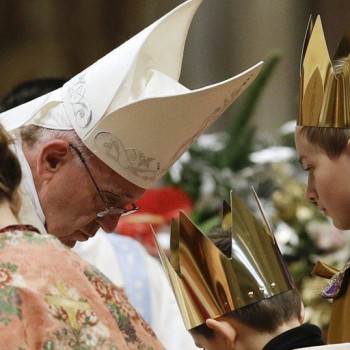
New Year's Day
Date: 1st January
On New Year's Day, a parade is held in Saint Peter's Square. The pope starts with a blessing, then military and civil marching bands perform. On the night of the festival, there are dazzling fireworks in the city.
New Year's Day is also Mary, Mother of God Day, on the 1st of January.

Festa della Donna
Date: 8th March
Festa della Donna or International Women's day is held on March 8th in Rome. Every year, the streets of Rome come alive with blooming yellow mimosas.
Men bring bunches of sweet-smelling mimosas to the women in their lives and take charge of the household chores for the day – following traditions.

Easter
Date: April
Easter is one of the significant festivals in Vatican City. On this day, the Pope-led Easter Mass at St Peter’s Basilica. Peter’s Square comes alive with activity on Good Friday, which sees crowds gather at the Vatican to witness a vast cross illuminated by torches and the Pope’s blessing.
Recitations of the Stations of the Cross take place in many languages, making this event accessible to all.
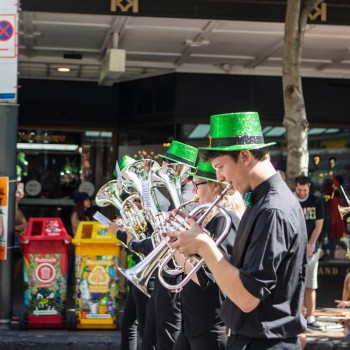
St. Patrick’s Day
Date: March 16th and March 17th
Celebrated on March 16th and March 17th, St. Patrick’s Day celebration is an important event in Rome. Rome indulges in a two-day festive frenzy, starting with an annual mass held in one of its many Irish churches.
The city is home to three Irish churches: San Patrizio a Villa Ludovisi, The Basilica of San Clemente and Sant’Isidoro a Capo le Case.

Festival Internazionale di Musica e Arte Sacra
Date: November
Held in November, Festival Internazionale di Musica e Arte Sacra in the Vatican is a music and art event featuring a series of concerts in churches across Rome and Vatican City, including the spectacular St Peter’s Basilica.
Money raised through the concerts goes toward restoring religious art and architecture. The Vienna Philharmonic Orchestra accompanies the shows.
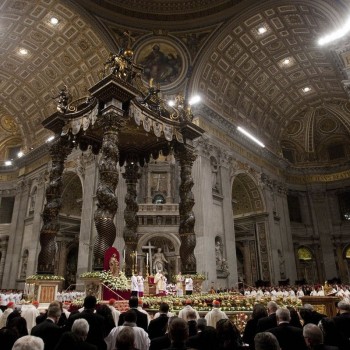
Christmas
Date: December 6 to January 8
On Christmas eve, the Pope holds Midnight Mass at St Peter’s Basilica; the mass is also shown on a big screen in St Peter’s Square.
Christmas Day is marked by the Pope’s Christmas message, delivered at noon from his balcony, looking over the square. Other attractions include a giant Christmas tree and a nativity scene in the square. The Christmas season in the Vatican starts on December 8th (Immaculate conception) and ends on January 6th.

Pio-Clementino Museum
Date: April to October
The Pio-Clementino Museum is part of the complex of Vatican Museums, Rome, located in the small Belvedere Palace; it is the largest complex of the Vatican Museums. It is home to many important collections from the Greek and Roman periods with a dozen rooms, including some masterpieces of world art.
The Vatican Museums have the most extensive collection of ancient sculptures globally, mainly found in Rome and the surrounding areas. These galleries contain such a wealth of magnificent and significant pieces that even a list of the highlights is a long one.
Attractions / Top Sights

St. Peter's Basilica
When to visit: Between April and September
Built between the 16th and 18th centuries, the majestic St. Peter's Basilica is one of the best and most famous attractions in the Vatican. The church is built in the Renaissance style.
The work of well-known artists begins before entering the church: in the entrance are an equestrian statue of Constantine by Bernini and fragments of a mosaic by Giotto above the central doorway.
.jpg)
Sistine Chapel
When to visit: March to September
The Sistine Chapel is a rectangular hall, the Pope's domestic chapel, used for services and special occasions. It is one of the most visited chapels in the Vatican, famous for the outstanding Michelangelo frescoes.
The frescoes by Michelangelo and others covering the walls and ceiling acknowledged as the pinnacle of Renaissance painting were extensively restored from 1980 to 1994, removing layers of candle-soot, dust, varnish, grease, and overpainting to reveal their original luminous colors.
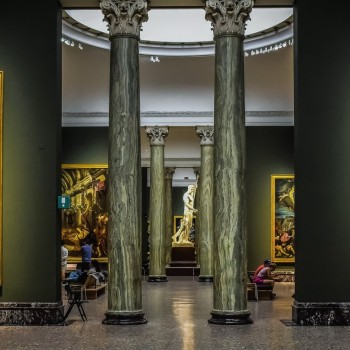
Pinacoteca
When to visit: April to October
A beautiful picture gallery next to the temple of Athena Nike, the Pinacoteca comprises 16 rooms of valuable art from the Middle Ages to contemporary works.
It exhibits Medieval art, including Byzantine, Sienese, Umbrian, and Tuscan paintings and a Giotto triptych and a Madonna and St. Nicholas of Bari by Fra Angelico.

Piazza San Pietro
When to visit: May to September
Saint Peter's Square or the Piazza San Pietro is a large plaza located directly in front of St. Peter's Basilica in the Vatican City. Bernini laid out the grand Piazza San Pietro in front of St. Peter's Basilica between 1656 and 1667 to provide a setting where the faithful from all over the world could gather.
It still serves that purpose admirably and is filled each Easter Sunday and other important occasions.

